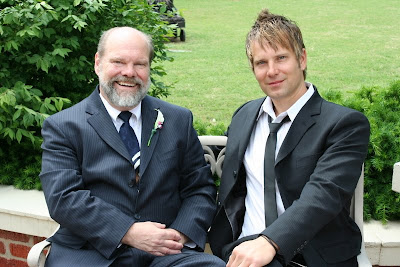Small craft advisory.
I gave him that look.
You promised, right. Not unless it’s safe.
"Of course, we will wait. Maybe it will get better."
I made a pot of coffee and snuggled up in the couch to read a castle book to my son and enjoy a lazy Saturday morning.
An hour later the report had changed to a gale warning. I have read enough classic literature to know that a gale is bad news.
Maybe we could go tomorrow or even Monday.
Hmmm … let’s wait.
Or we could go on a hike.
Or what? What else could we do?
And then somebody said, "How about the Hoover Dam? I’ve always wanted to see the Hoover Dam!"
We looked it up and discovered that it was an hour past Las Vegas, and the last tour was at 5:15. It was already after 10:30. Could we make it?
I stopped folding the load of clothes that I was working on and we started packing for the Hoover Dam and who knows what else. It reminded me of the time in college when a conference was snowed out in DC, so we looked on the map and decided to drive to Canada to see the frozen Niagara Falls. That was fun. Except that our only credit card was a Discover card and our good friends to the North had yet to discover Discover.
By noon we were sitting in traffic in downtown LA, eating sandwiches.
I was the first to say, I don’t think we are going to make it by the end of the day. I started mentally making plans to find a cheap hotel nearby. We could always see the dam on Sunday. They are open on Sunday, right?
We started listening to a wonderful audio book “I, Juan de Pareja”
Then I saw this sign.
If you have ever been a kid in the kind of family that think the alphabet game should be an Olympic sport, than you have to appreciate this sign.
All I had to say was “that’s interesting,” and Kip was taking the exit.
And driving down a lonely road into ….
What is that white patch?
Let’s find out!
The kids start protesting …. No, Dad!
And then Kip drove off the road and onto the ..
Our wheels started spinning.
I think it’s a lake.
Oh.
He stopped the car and we got out to see and take pictures, long enough to get bitten by some kind of lake insect waiting for fresh blood.
And then we headed back on the highway and oddly enough made it to Hoover Dam just in time to run to the visitor center and catch the last tour.
We took an elevator to the bottom of the dam, stood on a platform over gigantic pipes vibrating with the pressure of the river flowing through it.
The River runs through
And we walked through the power plant and heard how it was built, piece by piece on site. Some of the electricity in LA comes from this room.
This is the view straight down. The electric power plants are at the base of the dam.
And then we went to the top of the dam and took dozens of pictures.
It was really amazing. I could write an entire blog entry on how the Hoover Dam represents the intersection of history and science, religion and sociology, modern and ancient civilization -- and the damning footprint our current civilization is leaving on the Earth.
And yet, there was something about the dam itself that was amazing too. One day, before the internet or satellite photography, someone decided to build that dam. He convinced others to follow and something as wild and mighty as the Colorado River was harnessed to create the opportunity for cities like Los Angeles to grow exponentially. Water. Electricty. Protection from floods. The essentials for urban life.
And yet it is all just concrete and engineering.
To think that people can change the natural pattern that has existed and brought life to half a continent for thousands of years, and not create problems, is audacious. I don’t think the world understood that 80 years ago when this dam was built, and I think that people are just beginning to really understand it now.
But what do we do?
On the other hand, I had no idea how “wild” the Colorado River was prior to the Hoover Dam. I didn’t know about the 1905 flood and how it “created” the Salton Sea in California (by the way, I think we need to plan a road trip there too.) I can’t imagine living in fear of a flood wiping out LA or wondering if there would be any water when we turned on the faucet.
We need infrastructure as much as impoverished nations in Africa, without it, need it now. We also need to keep thinking, keep improving the way we "manage" the Earth's resources. Why let the previous generations be the builders of society. I look forward to the solutions that ecologically-minded engineers will come up with in years to come.
So many things to think about, maybe that is the best part of pilgrimage.
And that was just day one.




















































